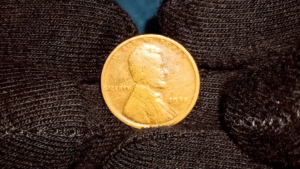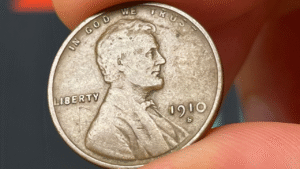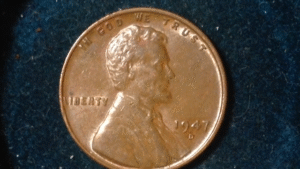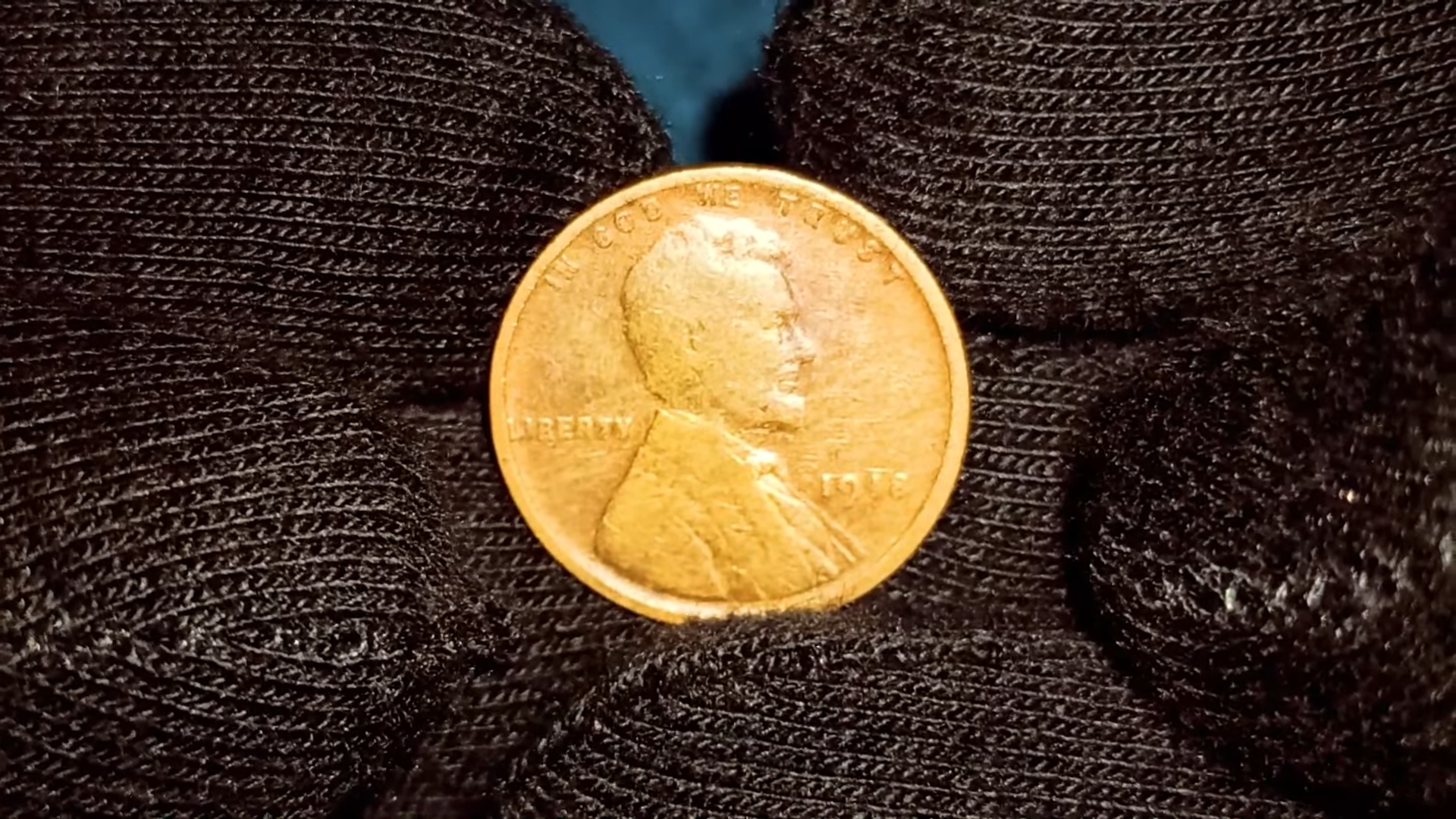A simple penny might seem like pocket change, but for a lucky few, it could be a life-changing treasure. One such coin—a 1943 Lincoln Wheat Penny—has been valued at an astonishing $4.4 million. Even more remarkable? Experts believe some of these rare pennies might still be circulating, tucked away in jars, drawers, or forgotten collections.
The Story Behind the Lincoln Wheat Penny
The Lincoln Wheat Penny, minted from 1909 to 1958, marked a historic moment in U.S. currency. It was the first American coin to feature a real person: President Abraham Lincoln. Its reverse design of two wheat stalks gave it the nickname “Wheat Penny” or “Wheat Cent.” While millions of these coins were produced, one version stands out for its rarity and value—the 1943 copper penny.
Why the 1943 Copper Penny Is So Valuable
In 1943, the U.S. Mint shifted from copper to zinc-coated steel to conserve copper for World War II military needs. However, by mistake, a few copper blanks (planchets) were left in the machines, resulting in a tiny batch of 1943 pennies struck in copper instead of steel.
Only 15 to 20 of these rare 1943 copper pennies are known to exist today. Their accidental creation and extreme scarcity have turned them into coveted collectibles. One example has fetched $4.4 million, making it one of the most valuable pennies ever sold.
| Year | Material | Estimated Value |
|---|---|---|
| 1943 | Steel (common) | $0.10 – $1.00 |
| 1943 | Copper (rare) | Up to $4.4 million |
How to Identify a 1943 Copper Penny
If you think you might have a valuable 1943 penny, here’s how to check:
- Look for the date: The coin should be marked 1943.
- Check the color: A copper penny will appear reddish-brown, while steel pennies look silver or gray.
- Use a magnet: Steel pennies stick to a magnet; copper pennies do not. If your 1943 penny doesn’t stick, it could be copper.
- Get it authenticated: To confirm its authenticity, have the coin examined by a professional coin dealer or grading service like PCGS or NGC.
Where to Sell Rare Coins
If you believe you’ve found a rare 1943 copper penny—or any valuable coin—professional appraisal is essential. Here are trusted options:
- Local coin dealers: Use directories like money.org’s dealer locator to find reputable dealers near you.
- Auction houses: Platforms like GreatCollections.com specialize in rare coin auctions.
- Professional grading services: Organizations like PCGS or NGC can authenticate and grade your coin, adding credibility and value for potential buyers.
Are Rare Pennies Still in Circulation?
It’s possible. Over the decades, rare pennies like the 1943 copper Wheat Penny could have been unknowingly spent, saved in jars, or passed down through families. That’s why collectors still check their pocket change—you never know what’s hiding in plain sight.
Finding a million-dollar penny sounds like a dream, but with the right knowledge and a bit of luck, it’s not impossible. If you stumble upon an unusual 1943 penny, take the time to investigate—you could be holding a multimillion-dollar piece of history.
FAQs
How many 1943 copper pennies are there?
Only about 15 to 20 confirmed examples are known to exist.
How can I tell if my 1943 penny is copper or steel?
Use a magnet—steel pennies will stick, copper pennies won’t.
Where should I take my rare penny for authentication?
Certified grading services like PCGS or NGC, or reputable coin dealers listed on money.org.
Are all 1943 pennies valuable?
No—most 1943 pennies are steel and worth just a few cents to a dollar. Only the copper version is extremely valuable.
Can I sell my penny online?
Yes—trusted auction sites like GreatCollections.com or working through a verified dealer are recommended.










